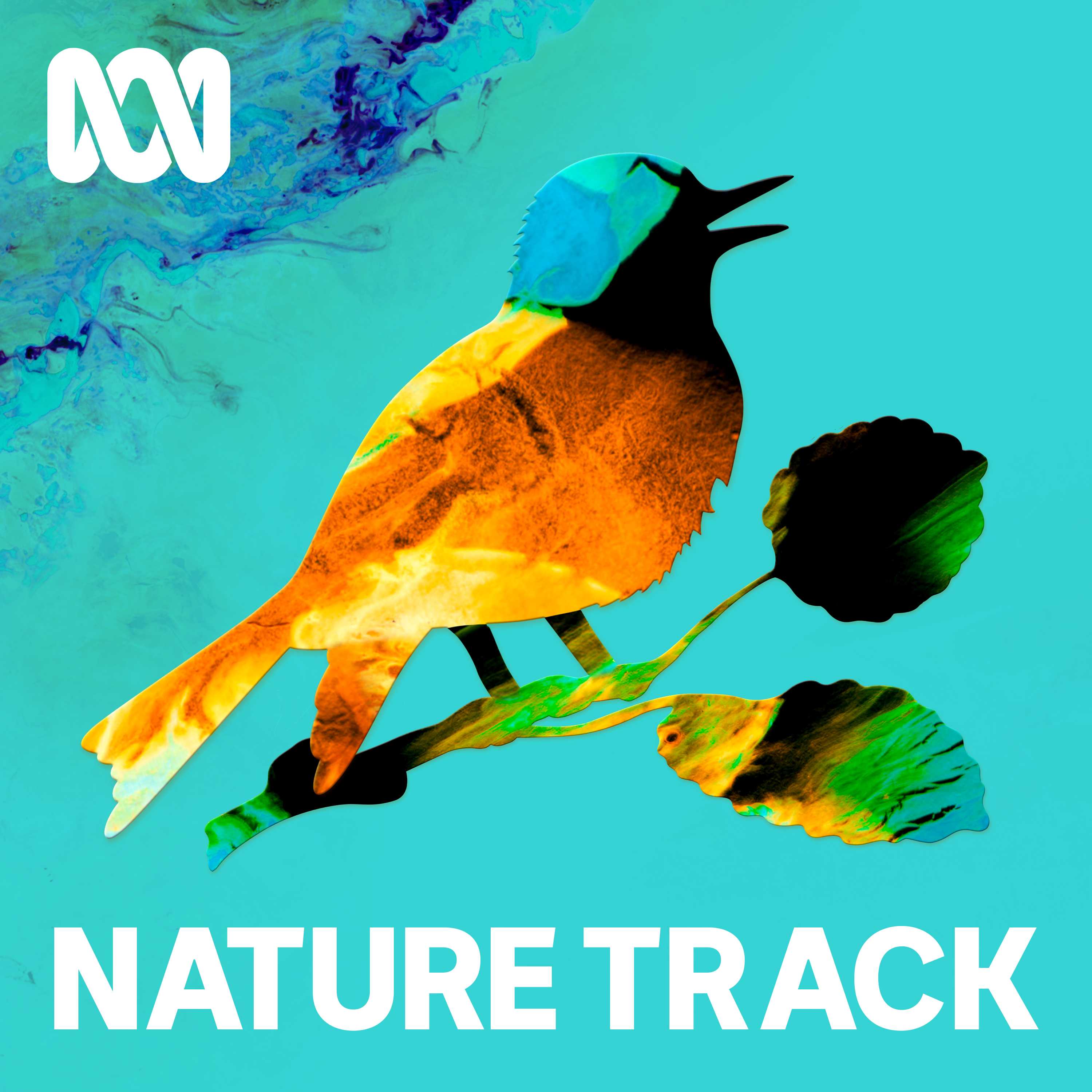Lyrebird songs in a Gippsland rainforest
Description
No music, no voices, just the sound of the forest waking up. I made this recording on a wintery morning, outside a hut high up in the mountains of Gippsland on Gunaikurnai land. I arrived in the dark and didn’t realise how high up the hill I was. As the sun rose it took time for it to reach the bottom of the gullies, and so the dawn chorus extended longer and was more distant and echoey. It’s harder than normal to decipher what’s what in this recording because all around the hut there were lyrebirds singing, and they’re masters of imitation.
Listening notes from Ann Jones:
00:00:00 As the sun rises and warms the roof, icy water drips to the ground creating clicks and drips throughout. Immediately, several lyrebird males can be heard rehearsing their songs. This isn’t normally the time of day that they’d be wooing a female directly, it’s more for practice and territorial defence, and also perhaps luring a female towards their dancing mound. They call like this throughout the coldest part of winter.
00:02:06 Rather than an actual whipbird, I think that this is the lyrebird imitating a whip bird!
00:03:00 I think the interminable piping is from a white-throated tree creeper.
00:05:00 It is possibly a striated thornbill group twittering close to the microphone, but certainly one of the ‘LBJ’ class. (That is what birders call ‘Little Brown Jobs’ – birds that are all small and brown and difficult to identify.)
00:08:18 A wattlebird chucks.
00:25:30 These are rosella sounds I think, the chattering that keeps them in contact as they move.
00:30:39 Is it a kookaburra or a lyrebird imitating a kookaburra? I think the latter as it cuts off rather awkwardly – kookaburras often wind down at the end of their calls in a very funny moany-giggle.
00:32:22 Here the lyrebird imitates, briefly, a black cockie within its stream of song. Other calls it imitates include grey shrikethrush, currawongs, magpies and wattlebirds.
01:08:30 Actual yellow-tailed black cockatoos! There’s a story that they travel before rain but I’m not sure if anyone has done the science on that one. These are big cockies, much bigger than a sulphur crested. They have yellow patches under the tale and fly with long wing strokes somewhat like a waterbird. Absolutely majestic and you are obliged to stop and point to them when you see them.
01:13:55 A kangaroo or wallaby thumps past.
01:34:30 A small flock of gang-gang cockatoos fly past, which sound like squeaky doors. About the size of a galah they are mostly black. The males have red heads and instead of a crest like a cockie, they have a little feathery flourish on the top of their head like a centurion’s helmet. The females are mostly black with exquisite red detailing and together they call in this incredibly unique, needs-oiling croak.
More Episodes
In 1977, we sent a Golden Record of the sounds of Earth into space with NASA's Voyager probes.
This 'cosmic' calling card inspired the program team to make this - a golden record of Australian sounds.
It varies from Nature Track - there are human made sounds and there are human voices, these...
Published 08/14/23
Published 08/14/23
No music. No voices. Just the sound of a creek bed in outback Australia.
In the Murchison district in Western Australia you're surrounded by low lying ranges where rocks have been found that are 4.4 billion years old — they're almost as ancient as the planet itself.
Among the crests and dips of...
Published 09/20/22


